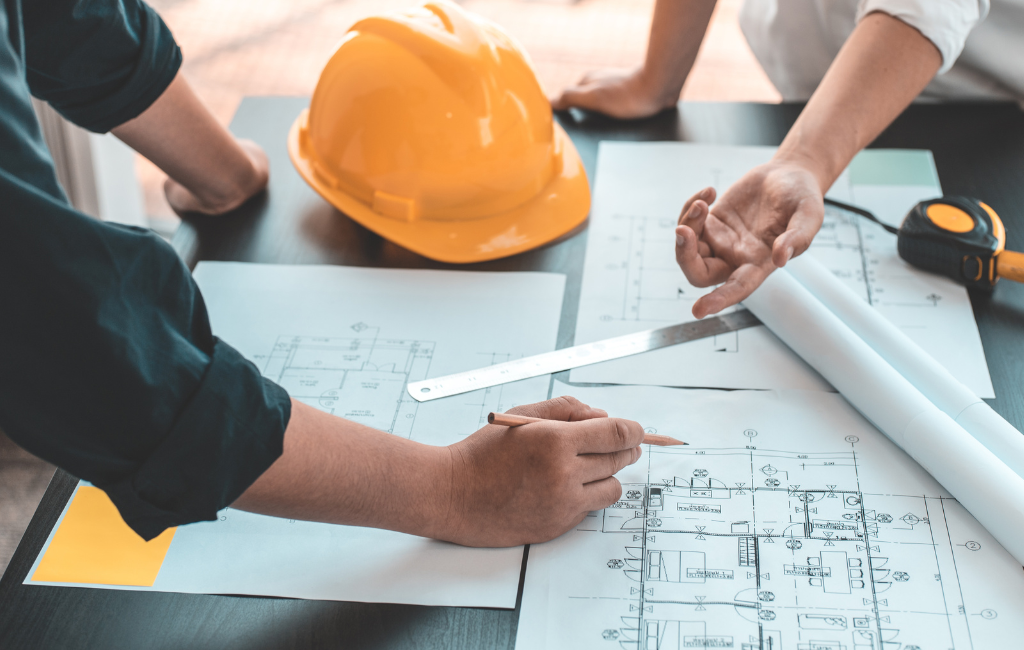Architect Solutions: Innovative Home Designs
In the ever-evolving field of architecture, home design stands as a testament to creativity and functionality. As urban spaces become more congested and environmental concerns rise, architects are challenged to create homes that are not only aesthetically pleasing but also sustainable and efficient. This article explores some of the most innovative home design solutions that are shaping the future of living spaces.
Embracing Sustainability in Home Design
Sustainability has become a cornerstone of modern architecture. With the growing awareness of environmental issues, architects are increasingly incorporating eco-friendly materials and energy-efficient technologies into their designs. This shift not only reduces the carbon footprint of homes but also enhances the quality of life for their inhabitants.
- Green Roofs: These are not just visually appealing but also provide insulation, reduce rainwater runoff, and improve air quality.
- Solar Panels: Harnessing solar energy is a popular choice for reducing reliance on non-renewable energy sources.
- Recycled Materials: Using recycled or upcycled materials in construction minimizes waste and promotes sustainability.
Case studies have shown that homes designed with sustainability in mind can significantly reduce energy consumption. For instance, a study by the National Renewable Energy Laboratory found that homes with solar panels and energy-efficient appliances can cut energy costs by up to 50%.
Smart Homes: The Future of Living
The integration of technology into home design has revolutionized the way we interact with our living spaces. Smart homes offer convenience, security, and efficiency, making them an attractive option for modern homeowners.
- Automated Systems: From lighting to climate control, automation allows homeowners to manage their environment with ease.
- Security Features: Advanced security systems, including smart locks and surveillance cameras, provide peace of mind.
- Voice-Activated Assistants: Devices like Amazon Alexa and Google Home enable hands-free control of various home functions.
According to a report by Statista, the global smart home market is expected to reach $53.45 billion by 2022, highlighting the growing demand for technology-driven living solutions.
Minimalist Design: Less is More
Minimalism in architecture focuses on simplicity and functionality. This design philosophy emphasizes clean lines, open spaces, and a limited color palette, creating a serene and uncluttered environment.
- Open Floor Plans: These layouts promote a sense of spaciousness and facilitate better flow between different areas of the home.
- Neutral Colors: A subdued color scheme enhances the feeling of calm and allows for flexibility in decor.
- Functional Furniture: Multi-purpose furniture pieces maximize space and utility.
Minimalist homes are not only aesthetically pleasing but also promote a sense of tranquility and focus. A study published in the Journal of Environmental Psychology found that minimalist environments can reduce stress and improve mental well-being.
Adaptive Reuse: Breathing New Life into Old Structures
Adaptive reuse involves repurposing existing buildings for new uses. This approach not only preserves historical architecture but also reduces the environmental impact of new construction.
- Industrial Spaces: Converting warehouses and factories into residential lofts is a popular trend in urban areas.
- Historic Buildings: Restoring and modernizing historic homes maintains cultural heritage while providing modern amenities.
- Mixed-Use Developments: Combining residential, commercial, and recreational spaces creates vibrant communities.
Adaptive reuse projects have been successful in cities worldwide. For example, the High Line in New York City transformed an old railway line into a public park, revitalizing the surrounding neighborhood and attracting millions of visitors annually.
Biophilic Design: Connecting with Nature
Biophilic design seeks to connect inhabitants with nature, enhancing well-being and productivity. This approach incorporates natural elements into the built environment, creating a harmonious balance between indoor and outdoor spaces.
- Natural Light: Maximizing natural light reduces energy consumption and improves mood.
- Indoor Plants: Incorporating greenery into interior spaces purifies the air and adds aesthetic value.
- Water Features: Elements like fountains and ponds introduce a calming presence.
Research by Terrapin Bright Green indicates that biophilic design can increase productivity by 8% and well-being by 13%, making it a valuable consideration for both residential and commercial spaces.
Conclusion
Innovative home designs are reshaping the way we live, offering solutions that are sustainable, technologically advanced, and aesthetically pleasing. From smart homes to biophilic design, these trends reflect a growing desire for spaces that enhance our quality of life while respecting the environment. As architects continue to push the boundaries of creativity and functionality, the future of home design promises to be both exciting and transformative.
https://www.youtube.com/watch?v=gCbk-G1v0jI&pp=ygUsQXJjaGl0ZWN0IFNvbHV0aW9uczogSW5ub3ZhdGl2ZSBIb21lIERlc2lnbnM%3D
